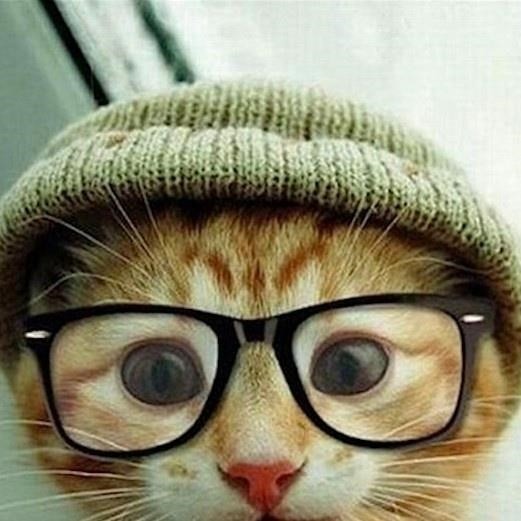Nobody likes to feel constipated, not even cats. Unfortunately, some of our feline friends develop dysfunction in their colon called megacolon. In this first part of a two-part series, I’ll explain what megacolon is and how it’s diagnosed. Next week, I’ll review how to treat this potentially debilitating condition. Happy reading!
Megacolon – What is it?
The colon, also called the large intestine, is a tubular organ that connects the small intestine to the anus. The large intestine is divided into multiple segments, including the ascending colon, transverse colon, and descending colon. Cumulatively, the colon is responsible for absorbing water from feces, helping to maintain hydration. The large intestine is also the storage site of feces until an animal defecates.
Cats with megacolon cannot contract their colon properly. A type of muscle called smooth muscle in the large intestine simply doesn’t respond to normal signals. As such, the colon becomes a tube with little-to-no tone. It dilates markedly, and cats have considerable difficulty defecating. Affected cats are certainly constipated, and we often refer to them as being obstipated. Obstipation is the term to describe severe constipation with permanent loss of colonic motility. When the colon of an obstipated cat dilates or the wall of the colon thickens (called hypertrophy), the condition is then referred to as megacolon.
Megacolon – How is it diagnosed?
Cats of any pedigree, age, and sex may develop megacolon. Certain middle-aged cats are over-represented:
- Domestic shorthaired
- Domestic longhaired
- Siamese
Pet parents typically report their affected cats defecate abnormally. Cats don’t defecate as often as usual. They don’t defecate a normal volume of feces. The feces tend to be large, hardened, and desiccated, but chronically affected felines may have intermittent episodes of feces with fresh blood (called hematochezia) and diarrhea. Cats vocalize and cry while defecating, indicating they are in pain. Some cats vomit and stop eating.
To definitively diagnose megacolon in cats, a veterinarian must eliminate from possibility other health conditions that could cause constipation and obstipation, including:
- Pelvic deformities
- Foreign bodies in the colon
- Strictures in the colon
- Hypothyroidism
- Tumors in the colon
- Low blood potassium
- Elevated blood calcium
- Spinal cord disorders
- Dehydration
- Kidney disease
- Drug side effects (i.e.: narcotics, etc.)
- Nerve disorders (i.e.: dysautonomia, aglangionosis)
Ruling out these other disorders requires a thorough approach by a veterinarian. Physical examination can identify abnormalities like masses and strictures in the rectum. Non-invasive blood and urine tests help rule out metabolic abnormalities. Radiography/x-rays may reveal pelvic abnormalities.
Spinal cord imaging and cerebrospinal fluid (CSF) evaluation may identify a neurologic cause of a patient’s malady. Partnering with a board-certified veterinary internal medicine specialist can be helpful to develop a logical and cost-effective diagnostic plan.
The take-away message about diagnosing megacolon in cats…
Megacolon is a characterized by generalized colonic dysfunction. Clinical signs often include painful abnormal defecation, loss of appetite, and vomiting, and physical examination typically identifies profoundly firm fecal material within the colonic lumen. A thorough diagnostic investigation must be conducted to rule out other predisposing problems and potential causes.
To find a board-certified veterinary internal medicine specialist, please visit the American College of Veterinary Internal Medicine.
Wishing you wet-nosed kisses,
cgb





